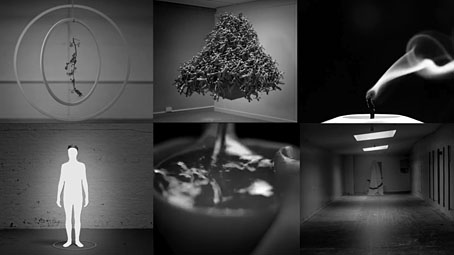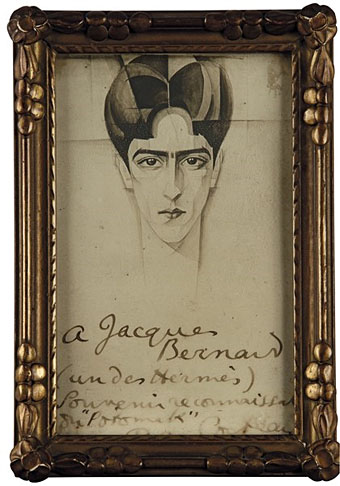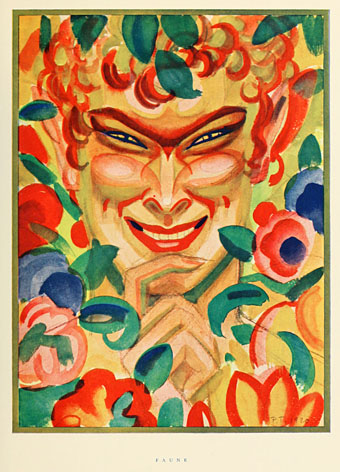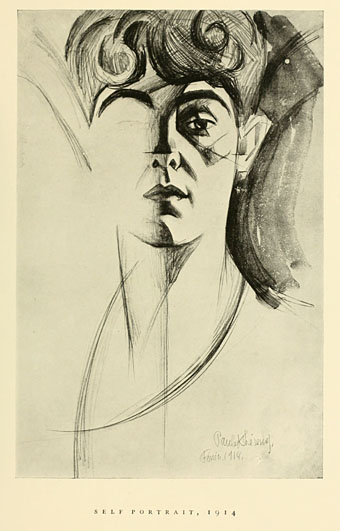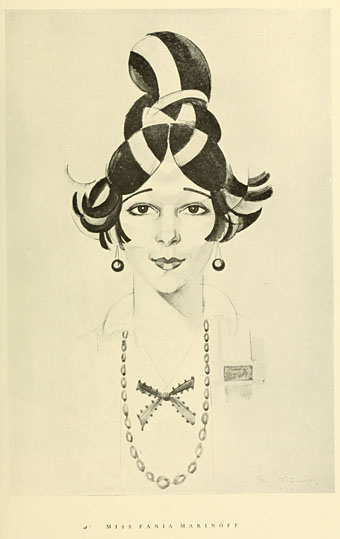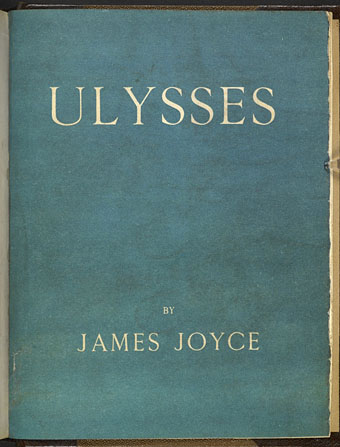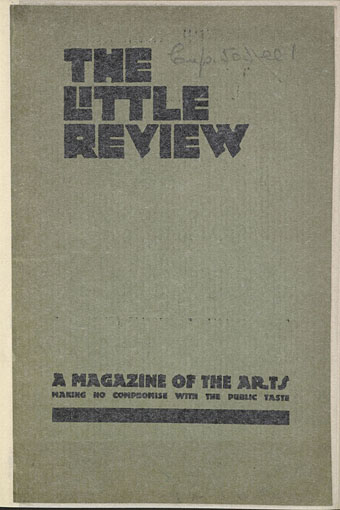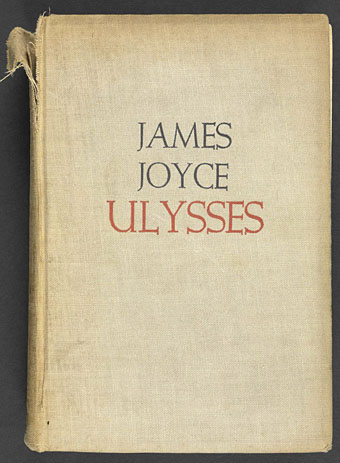John Bradburn, an artist/filmmaker who also performs as Ferric Lux, notified me recently about his David Bowie-related project, The Mountain of Dead Selves, a video piece that was showing earlier this month at Vivid Gallery, Birmingham. Bradburn’s video, part of a group show, Constructing The Self: David Bowie, takes the occult influences of the Station To Station album as its subject. A short version of the video may be seen here although the gallery version was a looping piece which would no doubt appear very different when seen in situ.
Back in January I linked to some of the posthumous theorising around Bowie’s final album, Blackstar, including musings which looked back to Station To Station‘s Kabbalistic elements. It used to seem that discussion of Bowie and the occult would remain fixed on the 1970s so one of the many surprises about his final statement was the way the esoteric was brought to the fore again. The Mountain of Dead Selves won’t be the last exploration of this. There’s more from Ferric Lux here.

